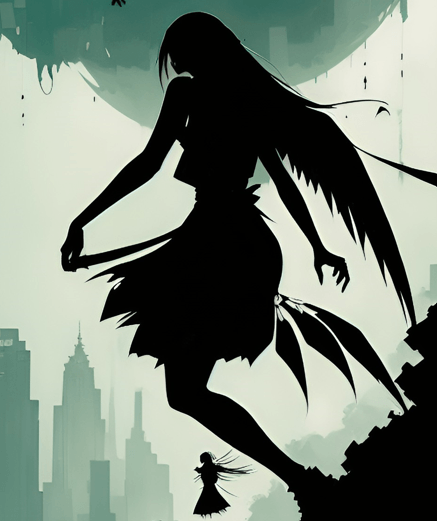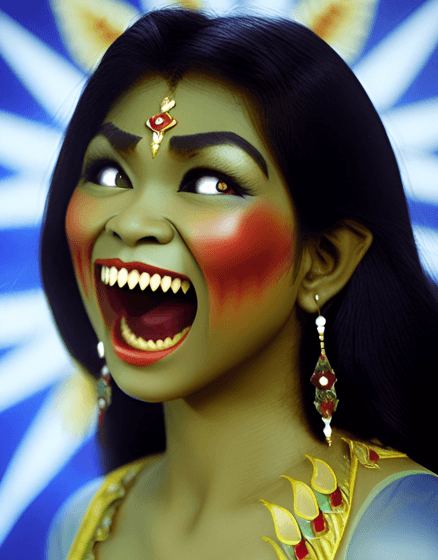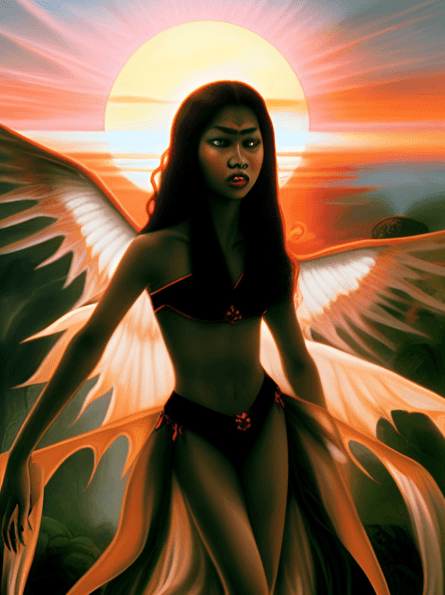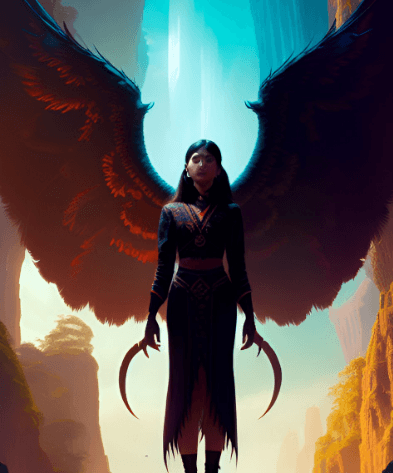When it comes to supernatural beings, few cultures boast as rich and diverse a mythology as the Philippines. Home to over 7,000 islands and a melting pot of various ethnicities, the Philippines is a treasure trove of fascinating legends and mythical creatures.
One of the most terrifying beings is the Manananggal, a vampire-like female creature that has long been a fixture in Filipino folklore. In this article, we’ll explore the origins of the Manananggal, its characteristics, and its impact on Philippine culture.
MORE LIKE THIS: Who is the Vampiric Lamia from Greek Mythology?
The Origins of the Manananggal

The Manananggal’s roots can be traced back to pre-colonial Philippines, particularly the indigenous tribes of the Visayan region, such as the Bisaya, Hiligaynon, and Cebuano peoples.
The term Manananggal comes from the Tagalog word “tanggal,” which means “to separate”. This name is fitting, as the Manananggal is known for its ability to sever its upper body from its lower half, leaving its legs behind while the rest of it takes flight.
The Manananggal’s Appearance and Characteristics

The Manananggal appears as a human female during the day, indistinguishable from ordinary people. However, at night, it transforms into a monstrous creature with bat-like wings, sharp fangs, and a long, proboscis-like tongue. Its most unnerving feature is the ability to detach its upper torso from its lower body, allowing it to fly in search of its prey.
The Manananggal preys on humans, particularly pregnant women and fetuses. Using its elongated tongue, it is said to puncture the abdomen of a sleeping victim and feed on the unborn child’s blood or amniotic fluid. The Manananggal also feasts on the entrails of its victims, leaving a gruesome trail in its wake.
Despite its fearsome abilities, the Manananggal is not without its weaknesses. To avoid detection during the day, it must reattach to its lower body before sunrise. If the lower half is found and destroyed while the Manananggal is hunting, it is unable to reattach and is left vulnerable to the sun’s rays, resulting in its death.
Similar Mythical Beings to Manananggal

Interestingly, the Manananggal is not unique to the Philippines; several cultures across the world have their own variations of vampire-like creatures with similar attributes.
In Malaysia and Indonesia, the Penanggalan is a vampiric entity that can also detach its head and entrails from its body to hunt for prey, while in Thailand there is the Krasue, a creature with a floating female head and internal organs that dangle below it.
Meanwhile, in Slavic folklore, the Strigoi is a reanimated corpse with a penchant for blood-sucking, akin to the modern-day concept of a vampire. Although these creatures differ in appearance and some specific abilities, they all share a common theme: the terror evoked by nocturnal predators that prey on vulnerable human victims.
Cultural Significance of the Manananggal

The Manananggal has played a significant role in Philippine folklore, often serving as a cautionary tale to scare children into obedience. Stories of the creature have been passed down through generations, both as oral narratives and in written accounts, such as Maximo Ramos’s “The Creatures of Philippine Lower Mythology”, and Damiana Eugenio’s “Philippine Folk Literature: The Legends”.
In contemporary Philippine culture, the Manananggal has inspired and featured in various forms of media, including films like “Manananggal in Manila” (1997), and television series such as “Wansapanataym” (1997-2005).
Get in Touch
Did you enjoy reading about the Manananggal? Maybe you have some anecdotes associated with the mythical vampiric being? If so, Let us know in the comment section below!
For enquiries, contact me at richard@mythologyplanet.com
For more about the Manananggal, check out the YouTube video below by Storied.
